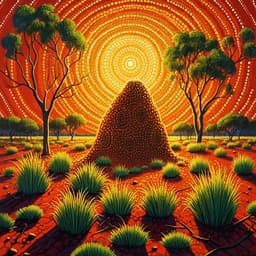
Interdisciplinary Studies
Complex networks reveal emergent interdisciplinary knowledge in Wikipedia
G. A. Schwartz
Explore a groundbreaking method that mines Wikipedia to reveal hidden interdisciplinary knowledge, showcasing unexpected connections across art, science, and literature. Conducted by Gustavo A. Schwartz, this study employs complex network analysis to uncover deep relationships within and between disciplines, promising exciting insights into the fabric of knowledge.
Playback language: English
Related Publications
Explore these studies to deepen your understanding of the subject.







